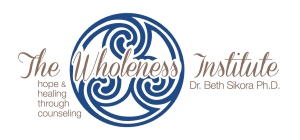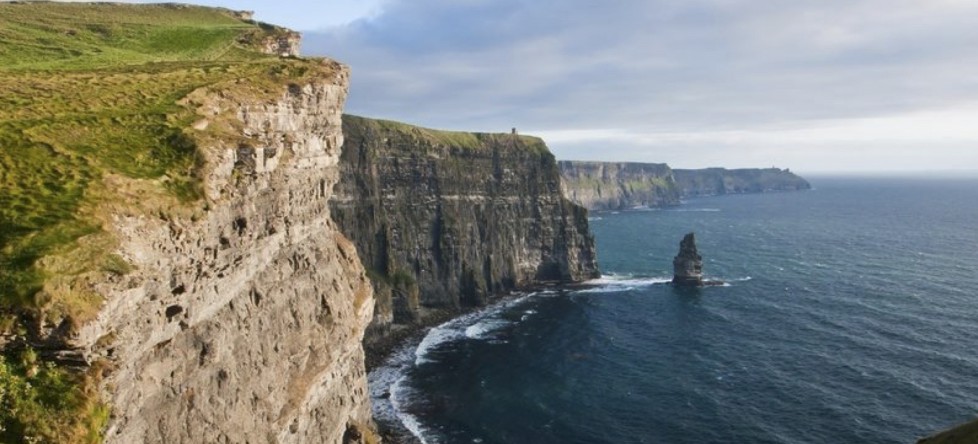
In a week like this one, with the deaths and massive injuries in Las Vegas, I hear “why” even more than usual. But I often hear “why” with those I have the privilege to serve who have and are suffering the impact of severe accidents, those who are so bright and have such positive futures ahead of them and now have head injuries and the recovery is stalled. I speak with those who have cancer, or whose loved ones have it and are dying. I speak with people who simply wonder why they haven’t been able to change something they have wanted to so badly. And truth be told, I also ask myself this at times.
And yet, the truth is, why not me? What do I think is so special about me, that bad life experiences should not happen? I remember hearing someone share this very sentiment a few years ago, and wish I could find the source for it. But I do remember as a younger woman voicing a question of why and someone saying why not you, and I was angered. It felt like an attack. I do not mean it in that way at all, and likely that person did not either. But I do think we need to ask it in the way Eric Church did this week in his sharing and new song “Why Not Me”. Take the time to listen to him, please, at https://www.youtube.com/watch?v=sqCYKFXfRb0 .
As individuals we each need to struggle with this internally and in conversation when the most difficult life events occur around us. The times we are called upon to rally all of our support and face that most difficult experience in life that we are uncertain we can handle, i.e.: loss of a loved one, rejection by a spouse or significant other, life threatening illness, end of life, traumatic head injury, life changing event that requires we reconstruct our lives thoroughly, or even an internal life-time struggle that seems impossible to change, each call for specific actions and resources.
Therapeutically we would suggest a person sit with the feelings, see what is really in front and within, and breathe through the feelings. Journal, draw what is within, in some way allow oneself to face it. In doing so, we increase awareness rather than run; allow movement of the pain or shame or fear rather that avoid it; and, in the end we are in a new place and not pushed to addiction – money, food, alcohol, work, or drugs; but rather, we regain center. The same concept is suggested by Pema Chodron in the “no more struggle” meditation. However, she sticks with breathing and returning, breathing and returning, until the strong feelings are reduced and one is able to face what is going on outside oneself or within and allow it without judgment. Only then, she says, can the issue or feeling be resolved. From a Christian perspective, Fr. Thomas Keating would say it is called prayer or centering or contemplative prayer, all with a focus of resting in God.
After we have done this, only after, can we move forward and know how to pick up our feet and keep moving. Taking the next step ahead in life, but taking it as we move into life, not retreat from it. A young man mentioned to me something I had hear others say – that a friend instead wanted to retreat and not go out and keep living after the Las Vegas shootings. After this week his friend had decided to go to no more concerts, events, etc. His friend, and others I’ve heard say similar things, are not moving through to keep living. They are stuck in the fear and anger; and have no way to move through into life. Action is important – freezing and being stuck is not healthy and builds walls, not bridges.
Bridges are very important in life and in moving forward when a huge life event hits us and makes us ask why, or why not, me. I had never read the poem “The Bridge” by Robert Wadsworth Longfellow until pondering this topic. I came across it and it is so very rich with metaphor and meaning, but I’m going to take a few stanzas out to focus on in this article. He says after many years of nights when he went to the bridge when life seemed so difficult and he watched the tide go in and out:
How often, O, how often,
In the days that had gone by,
I had stood on that bridge at midnight
And gazed on that wave and sky!
For my heart was hot and restless,
And my life was full of care,
And the burden laid upon me
Seemed greater than I could bear.
But now it has fallen from me,
It is buried in the sea.
As I read this I thought how often we do have experiences in life that give us pause to think. We may walk our neighborhoods, much like Mr. Longfellow did when he went to ponder near a bridged waterway. And if we walk, meditate, ponder, pray, stay with our feelings and thoughts we cross a bridge as we put down our cares. We no longer carry the feelings of pain, terror, shame, or anxiety. And so we can move forward into life. We can move forward despite the fact bad things still happen to good people, life does fall apart at times, cancer ravages bodies, brain injuries can significantly change one’s life direction. And yet, as author and speaker Jonathan Lockwood Huie says, “The darkest night is often the bridge to the brightest tomorrow”. Don’t miss your bridge – go seek it out as Mr. Longfellow did, as the young man in my office did, as Eric Church, Pema Chodron, and Fr. Keating have all done. Calm, serenity, release, God, hope for a new tomorrow are all there once you do.

